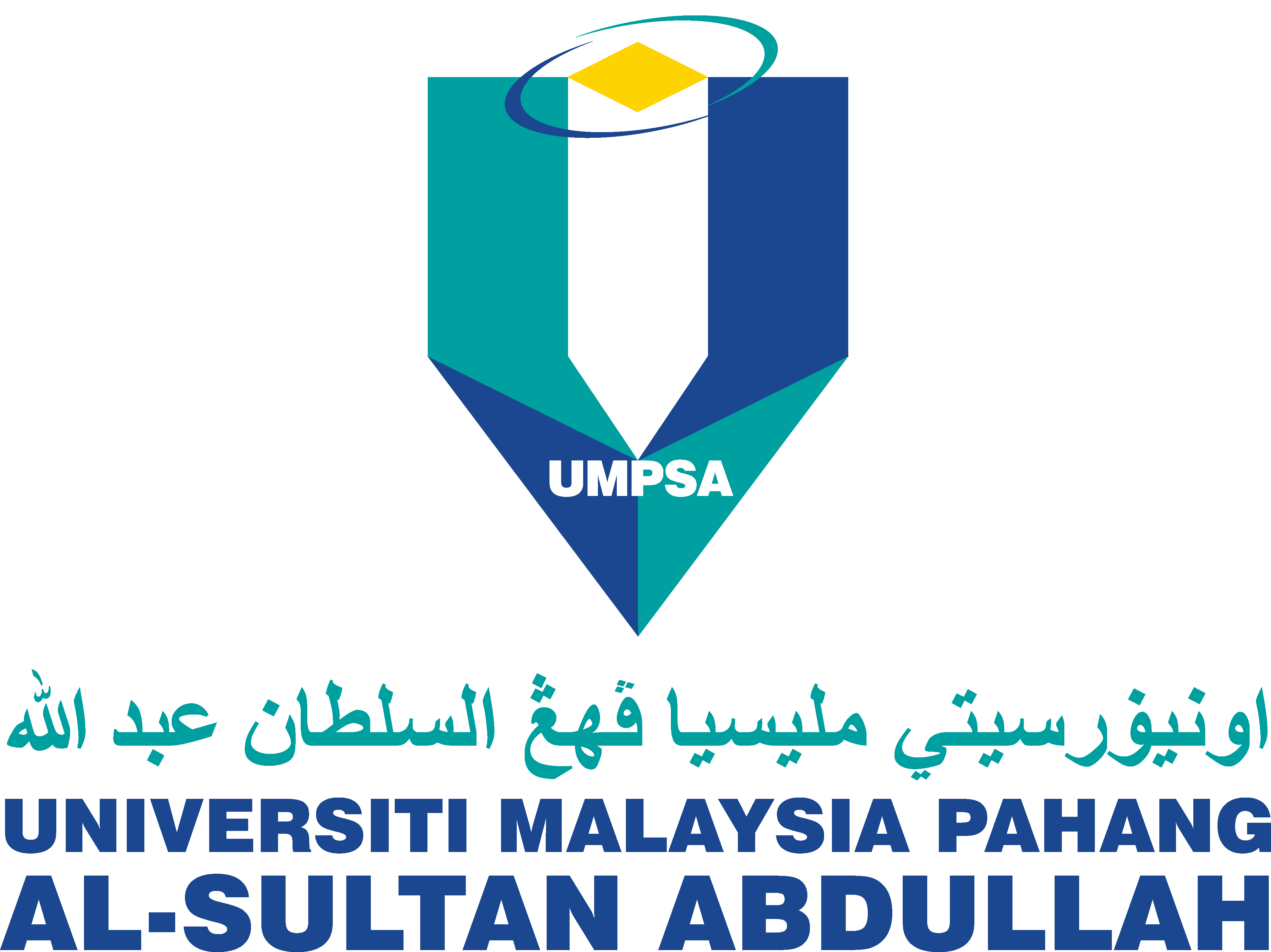Analyzing The Critical Factors for Humanitarian Response on Flood-Related Disaster
DOI:
https://doi.org/10.15282/ijim.10.1.2021.6057Keywords:
Flood, Flood disaster management, Disaster communication, Humanitarian logisticsAbstract
Every year, thousands of people in Malaysia have to be moved out and be relinquished from their homes due to heavy rainfall and poor irrigation system that led to a flood situation especially on monsoon season. Thus, the current study aims to concentrate on the two central aspects of disaster management in the context of flood disaster management in Kuantan, Pahang by the means of a mixed-method approach. The effectiveness of communication mechanisms in the case of floods is assessed with quantitative analysis using descriptive design. On another note, this study also takes a closer look at the underlying logistical framework found in flood disaster contexts and identifies its critical success factors via a qualitative research technique. Using thematic analysis, in-depth semi-structured interviews are analysed to arrive at conclusions regarding the critical success factors. Findings on the effectiveness of disaster communication indicated that the communication between authorities, agencies, non-government organizations and flood victims are still in need of improvement particularly related to emergency updates and increasing community awareness on the right actions for upcoming floods. The study also proved that coordination, communication, knowledge, and preparedness are the critical success factors for humanitarian response in the case of flood management. It is vital to protect the communities from flood disaster; hence, a clear and precise standard operating procedure needs to be in place and must be integrated among all related agencies which will benefit the stakeholders.
References
Burton, C., & Ovadiya, M. (2014). Communication following a disaster. Social Protection and Labor Systems -World Bank Group.
Chan, N. W. (1997). Increasing flood risk in Malaysia: causes and solutions. Disaster Prevention and Management: An International Journal, 6(2), 72–86. Doi:10.1108/09653569710164035
Chan, N. W. (2012). Impacts of disasters and disasters risk management in Malaysia: the case of floods. Economic and Welfare Impacts of Disasters in East Asia and Policy Responses., (December), 503–551. Doi:10.1007/978-4-431-55022-8
Centre of Disease Control and Prevention (2014). Crisis + emergency risk communication. U.S. Department of Health and Human Services. Retrieved 14 July 2018, from http://emergency.cdc.gov/cerc/resources/pdf/cerc_2014edition.pdf
Creswell, J. W. (2014). Research Design: Qualitative, Quantitative, and Mixed Methods Approaches. SAGE Publications. Doi:10.1007/s13398-014-0173-7.2
Department of Irrigation and Drainage, Ministry of Environment and Water (2020). Fenomena banjir di Malaysia. Retrieved May 28, 2020, from https://www.water.gov.my/jps/resources/auto%20download%20images/5847aab46bb32.pdf
Emergency Events Database (EM-DAT). The international disasters database, 2017. Retrieved May 28, 2020, from https://www.emdat.be/
Gupta, S. K. (2010). Urban Hydrology. Modern Hydrology and Sustainable Water Development, 297–321. Doi:10.1002/9781444323962.ch10
Jamaludin, M. H., S. Jaafar, B. K. C., & Abdullah, Z. (2013). FLOOD : Kuantan town centre almost paralysed, 37,100 evacuated in 4 states. New Straits Times. Retrieved June 30, 2018, from http://www2.nst.com.my/latest/font-color-red- flood-font-kuantan-town-centre-almost-paralysed- 37-100-evacuated-in-4-states-1.421108
Khalid, M. S. Bin, & Shafiai, S. B. (2015). Flood disaster management in Malaysia: an evaluation of the effectiveness flood delivery system. International Journal of Social Science and Humanity, 5(4), 398–402. Doi:10.7763/IJSSH.2015.V5.488
Kovács, G., & Spens, K. M. (2007). Humanitarian logistics in disaster relief operations. International Journal of Physical Distribution & Logistics Management, 37(2), 99–114. Doi:10.1108/09600030710734820.
Malay Mail Online. (2018). Number of flood evacuees near 12,000 in Johor, Terengganu, Pahang, Sabah. The Malay Mail Online.
Malay Mail. (2013). Heavy rain continues, over 38,000 flood victims throng relief centres in Pahang. Retrieved May 27, 2018, from https://www.malaymail.com/s/577089/heavy-rain-continues-over-38k-flood-victims-throng-relief-centres-in-pahang
Manuel, J. (2014). Crisis and emergency risk communication: lessons from the Elk River spill. Environmental Health Perspectives. Doi:10.1289/ehp.122-A214
Nour, M., Alhajri, M., Farag, E. A. B. A., Al-Romaihi, H. E., Al-Thani, M., Al-Marri, S., & Savoia, E. (2017). How do the first days count? A case study of qatar experience in emergency risk communication during the MERS-CoV outbreak. International Journal of Environmental Research and Public Health, 14(12). Doi:10.3390/ijerph14121597
Overstreet, R.E., Hall, D., Hanna, J.B., & Kelly Rainer, R. (2011). Research in humanatarian logisctics. Journal of Humanataraian Logicstics and Supply Chain Management, 1(2), 114-131.
Parmer, J., Baur, C., Eroglu, D., Lubell, K., Prue, C., Reynolds, B., & Weaver, J. (2016). Crisis and emergency risk messaging in mass media news stories: is the public getting the information they need to protect their health?. Health Communication, 31(10), 1215-1222. Doi:10.1080/10410236.2015.1049728
Punch, K. (2005). Introduction to Social Research - Quantitative & Qualitative Approaches. Sage, (c), 320. Retrieved 28 May 2018, from http://www.qualitative-research.net/index.php/fqs/article/view/109/227
Reynolds, B. J., & Shenhar, G. (2009). Crisis and emergency risk communication. In Koenig and schultz’s Disaster Medicine: Comprehensive Principles and Practices (pp. 326–344). Doi:10.1017/CBO9780511902482.024.
Scarpin, M. R. S., & De Oliveira Silva, R. (2014). Humanitarian logistics: empirical evidences from a natural disaster. Procedia Engineering, 78, 102–111. Doi:10.1016/j.proeng.2014.07.045
Shafiai, S., & Khalid, M. S. (2016). Examining of issues on flood disaster management in Malaysia. International Review of Management and Marketing, 6(S7), 51–56.
Shakir, A., Saudi, M., Juahir, H., Azid, A., Khairul, M., Kamarudin, A., … Samsudin, M. S. (2015). Flood risk pattern recognition using chemometric technique : a case study in Kuantan River Basin. Jurnal Teknologi, 1(August 2016), 137–141. Doi:10.11113/jt.v74.3772
Saifulsyahira, J., Edre, M. A., Ahmad Farhan, A. F., & Muhamad Hanafiah, J. (2016). Governance of flood disaster management: Malaysia case study. International Journal of Public Health and Clinical Sciences, 3(1), 17–30.
Shafiai, S. (2016). Flood disaster management in Malaysia: a review of issues of flood disaster relief during and post-disaster, (1983), 163–170. Doi:10.15405/epsbs.2016.08.24
Steelman, T. A., & McCaffrey, S. (2013). Best practices in risk and crisis communication: implications for natural hazards management. Natural Hazards, 65(1), 683–705. Doi:10.1007/s11069-012-0386-z
Van Wassenhove, L. N., & Pedraza Martinez, A. J. (2012). Using OR to adapt supply chain management best practices to humanitarian logistics. International Transactions in Operational Research, 19(1–2), 307–322. Doi:10.1111/j.1475-3995.2011.00792.
Zakaria, S. F., Zin, R. M., Mohamad, I., Balubaid, S., Mydin, S. H., & Mdr, E. M. R. (2017). The development of flood map in Malaysia. AIP Conference Proceedings (pp. 1903). Doi:10.1063/1.5011632
Zaidi, S. M., Akbari, A., & Ishak, W. M. F. (2014). A critical review of floods history in Kuantan River Basin: challenges and potential solutions. International Journal of Civil Engineering & Geo-Environment, 5.



